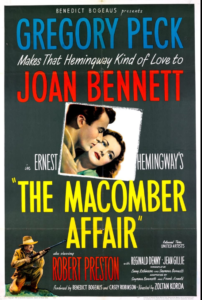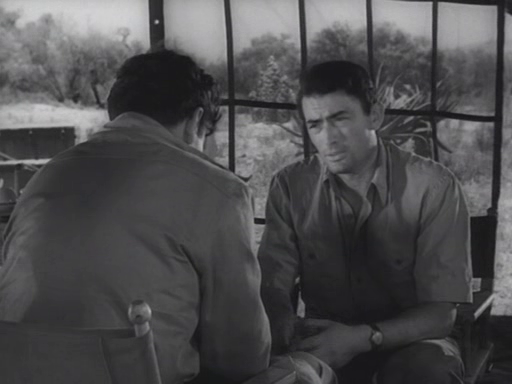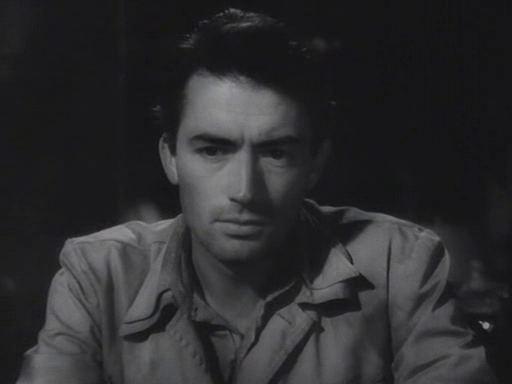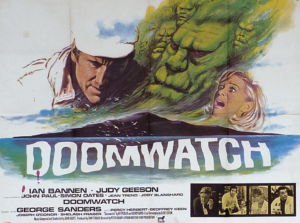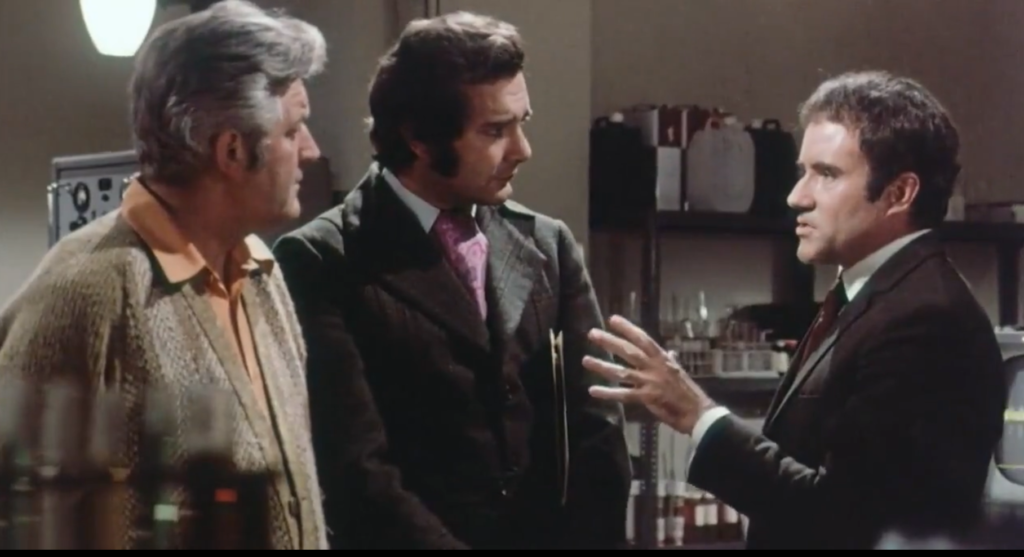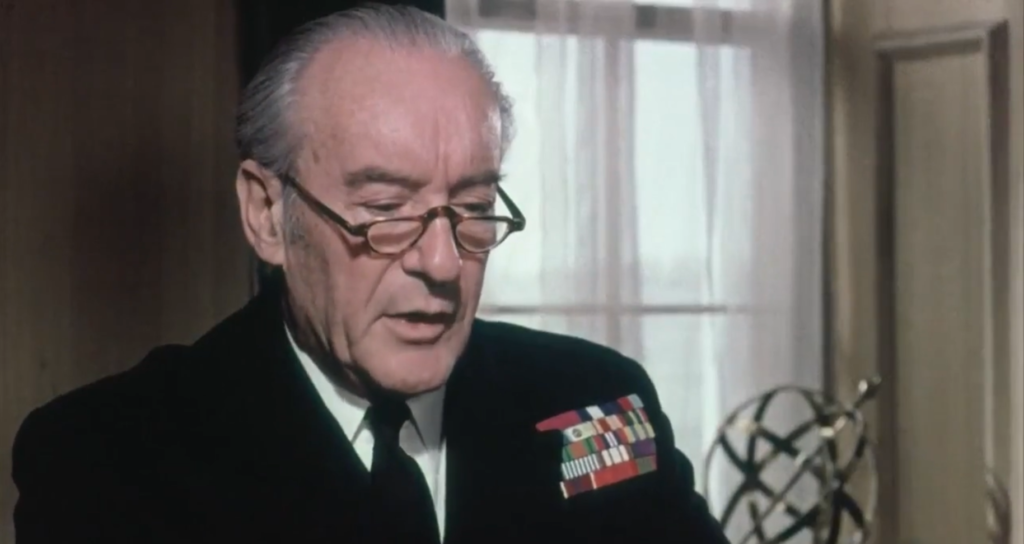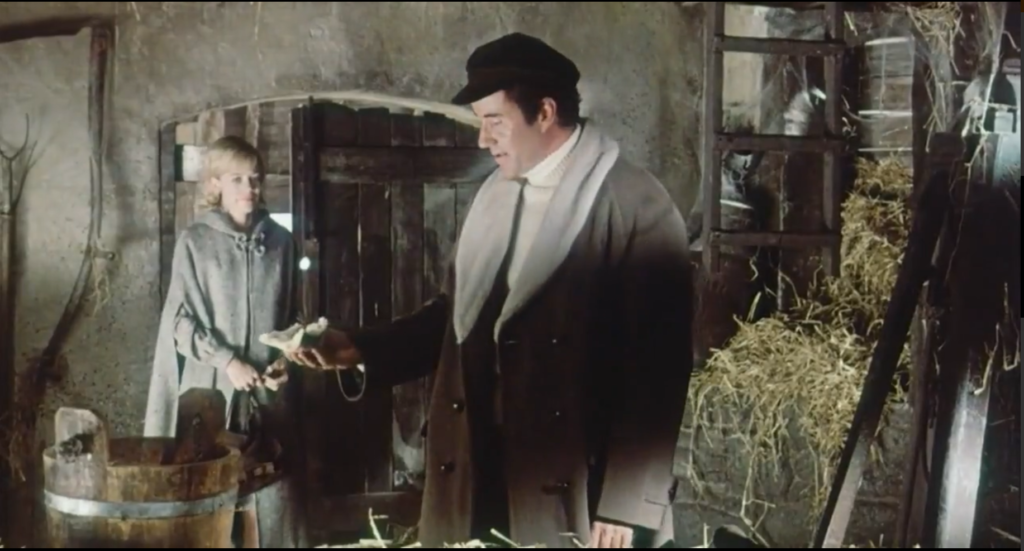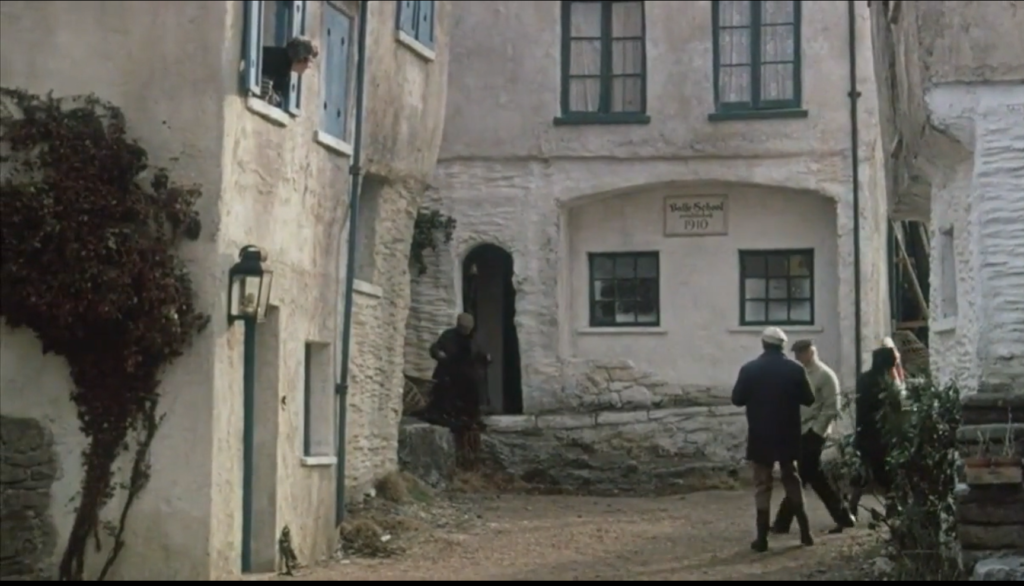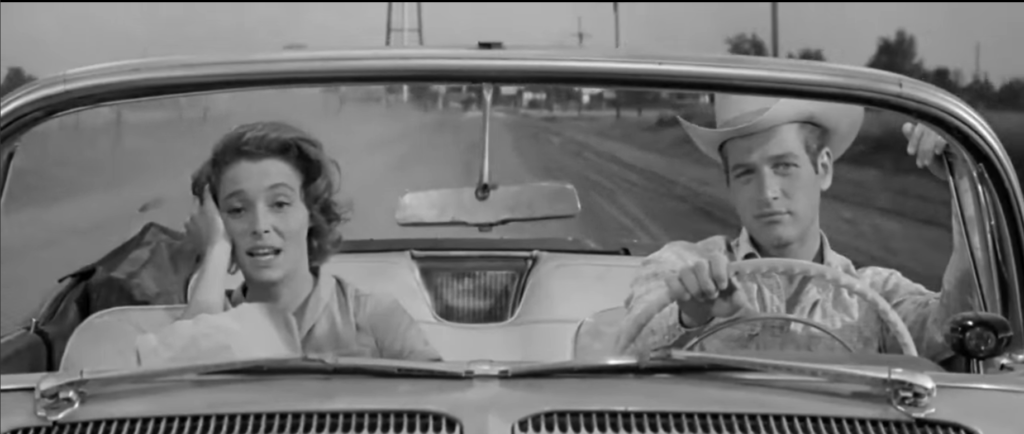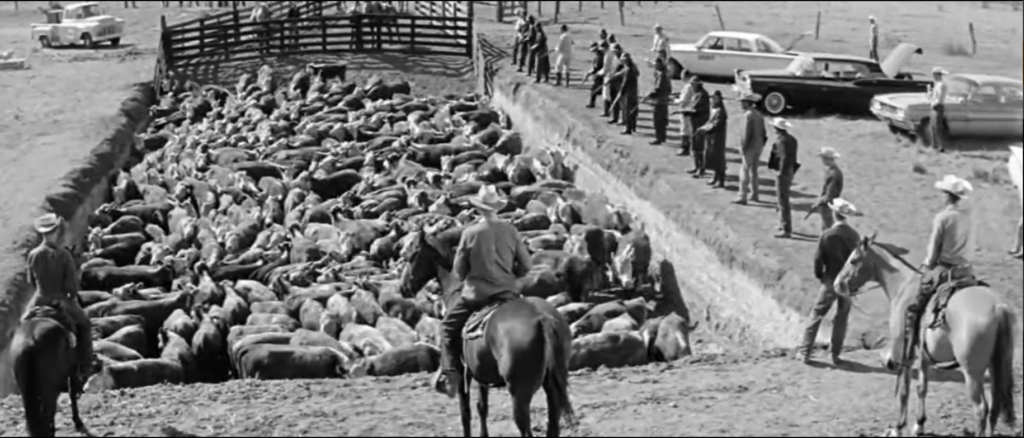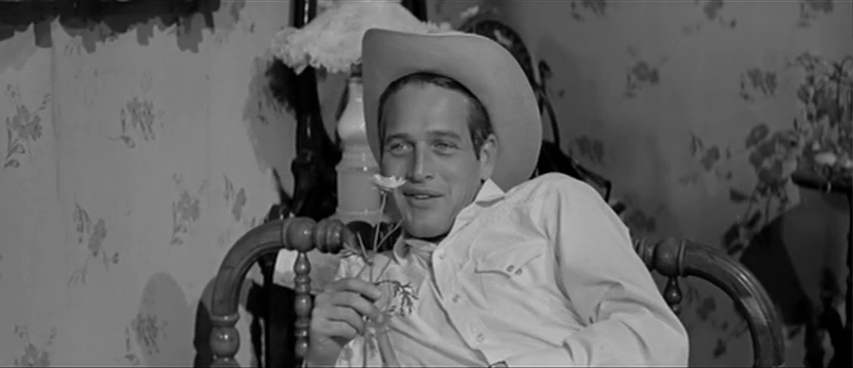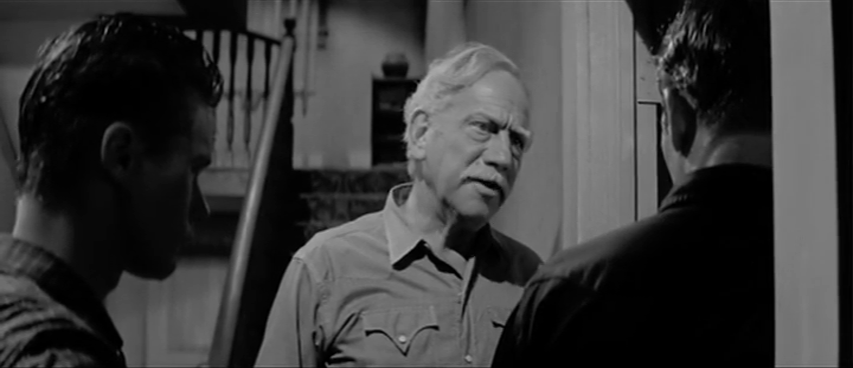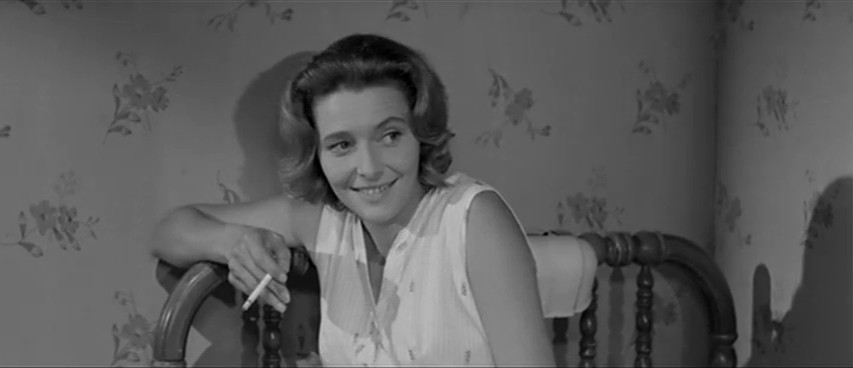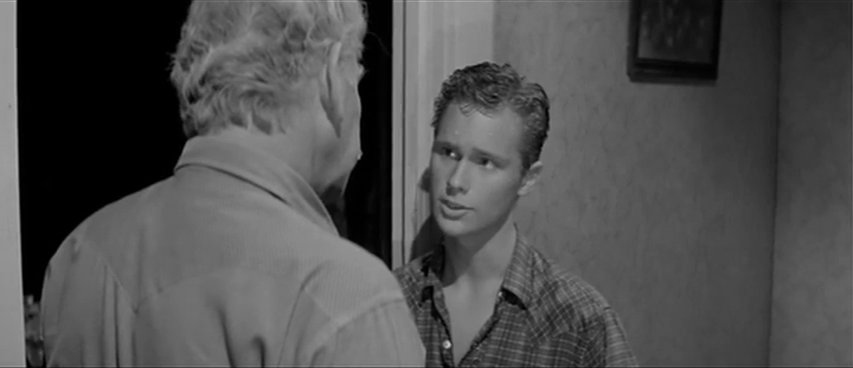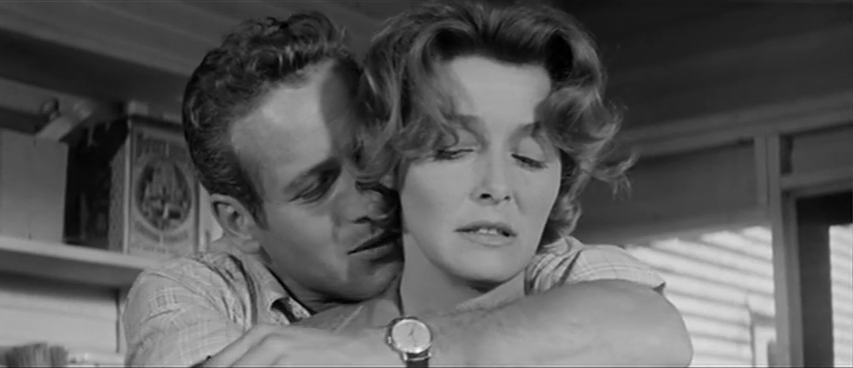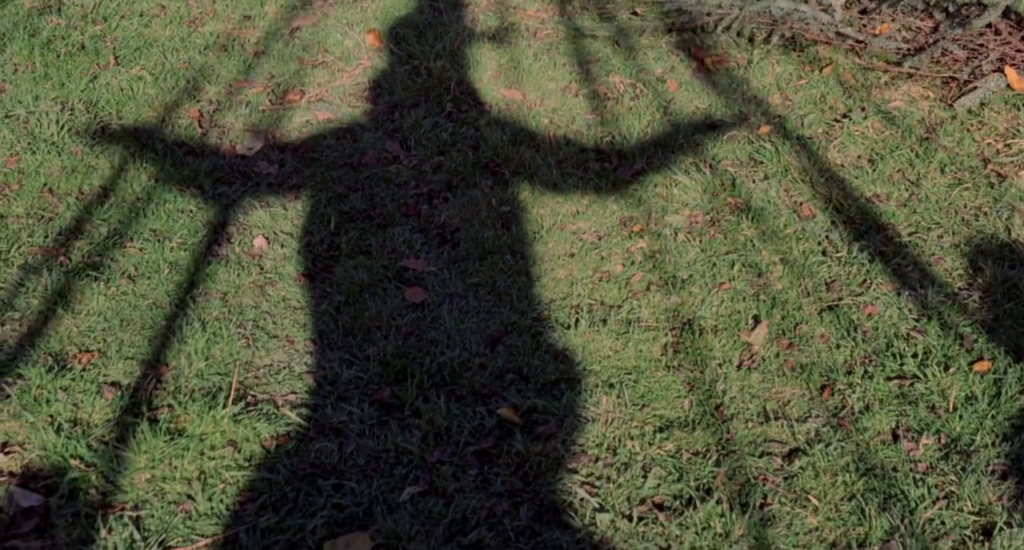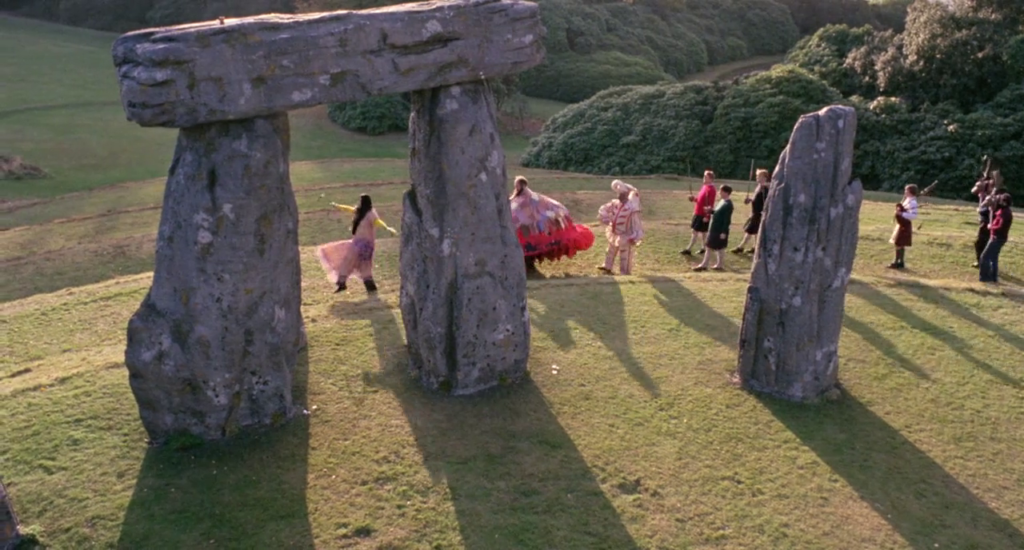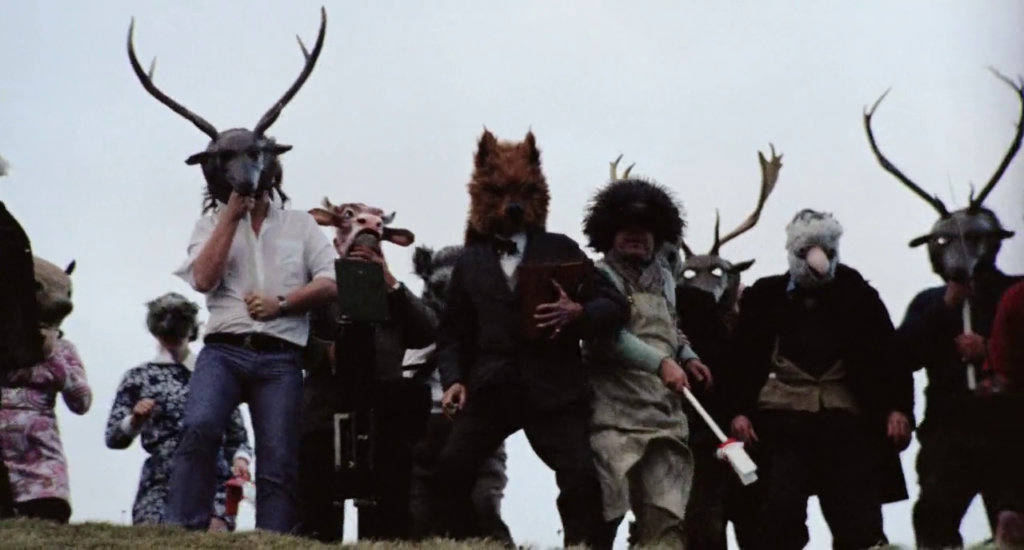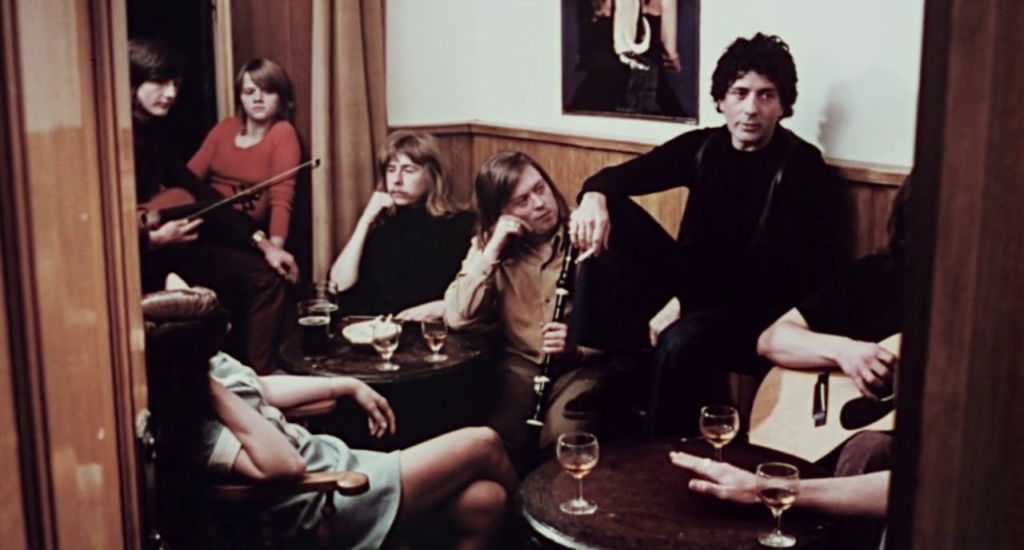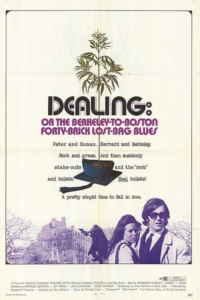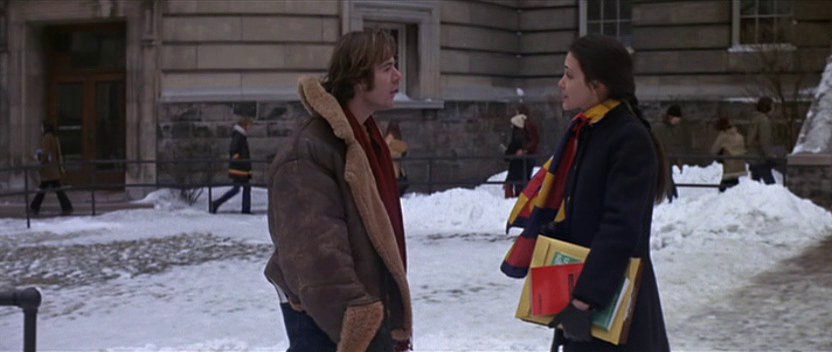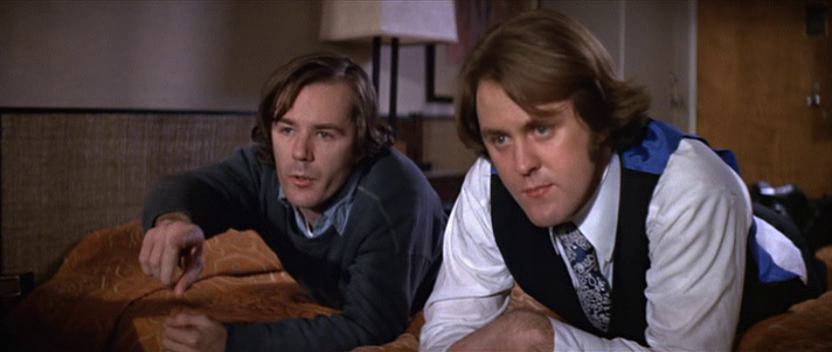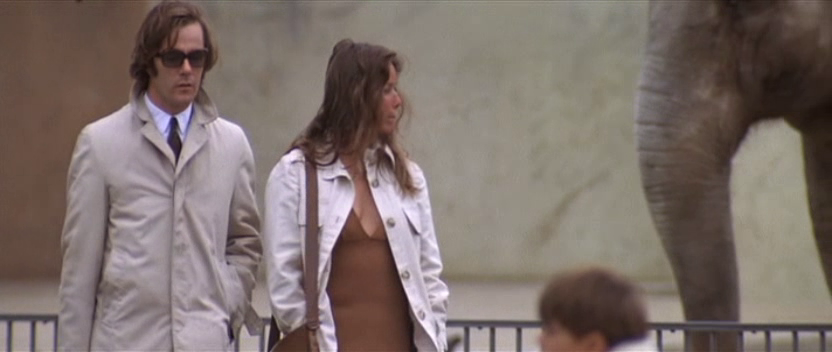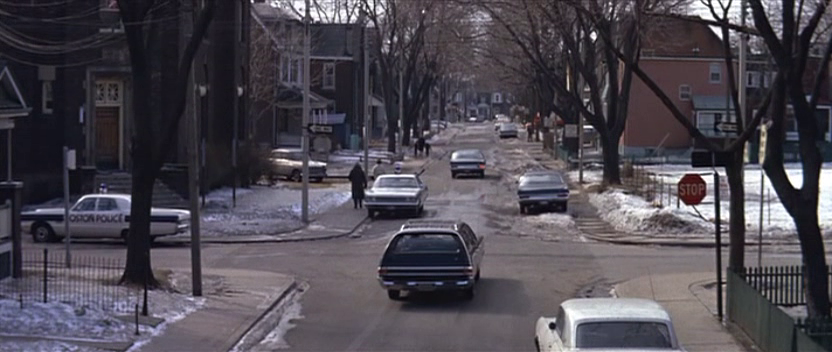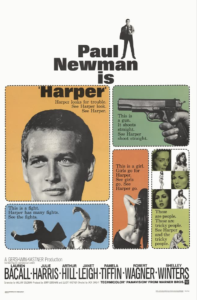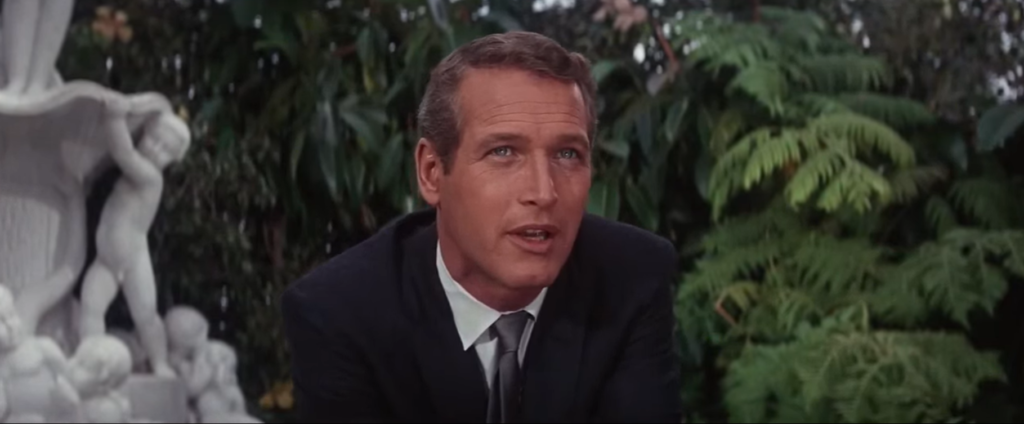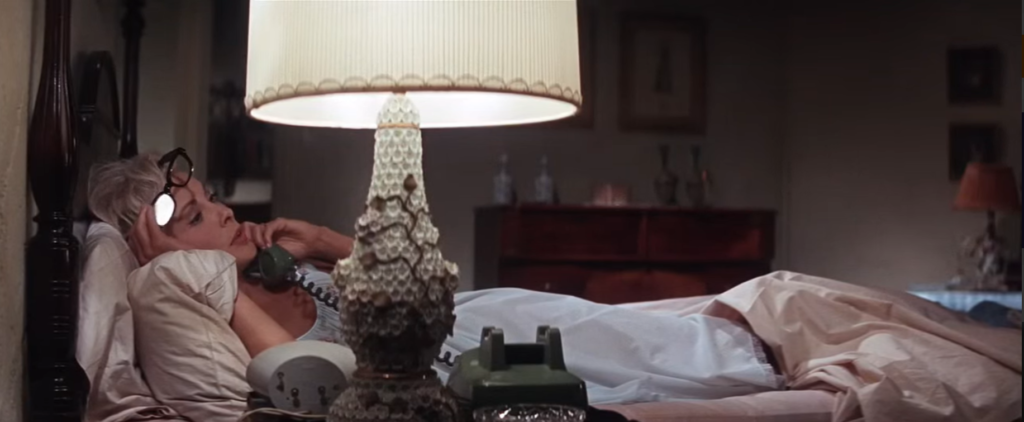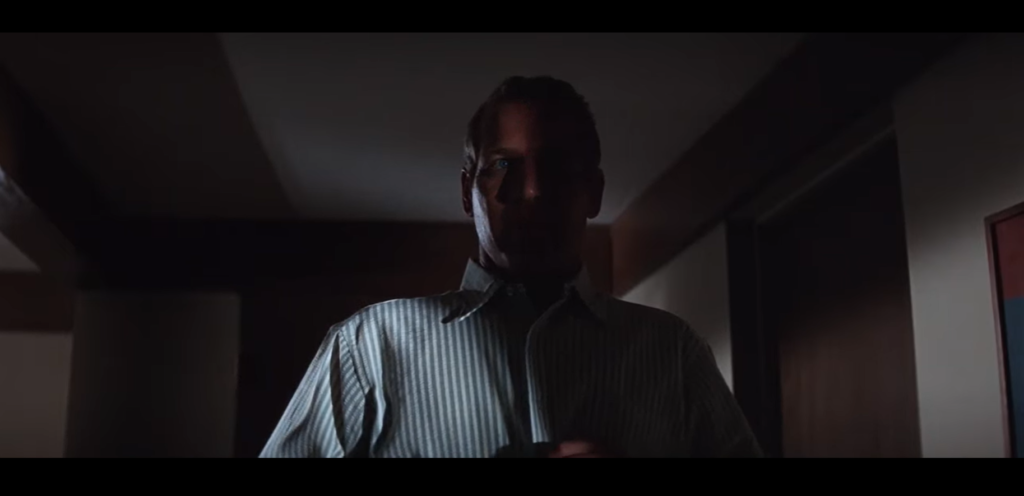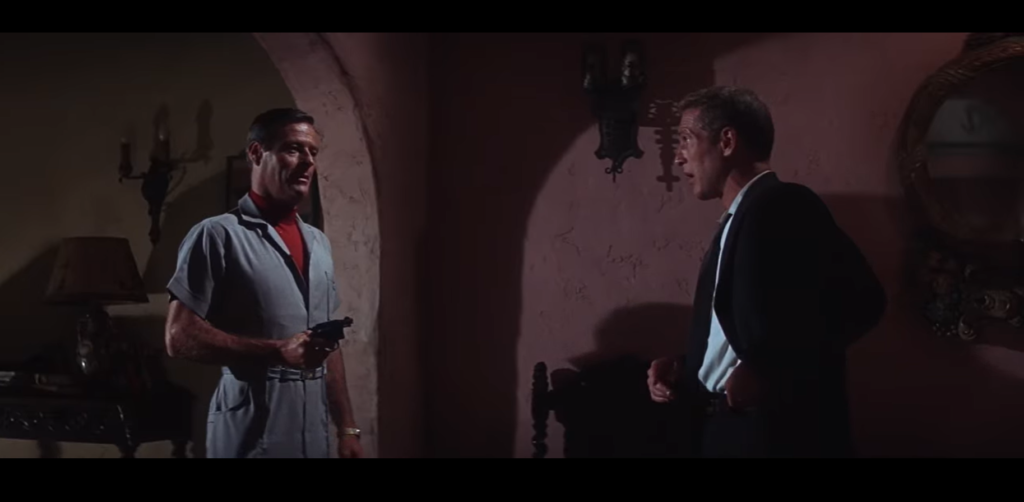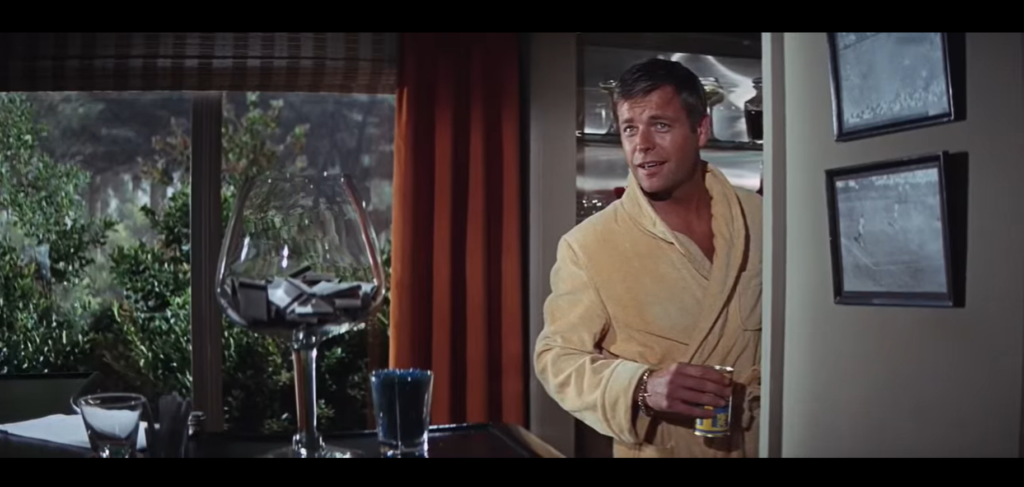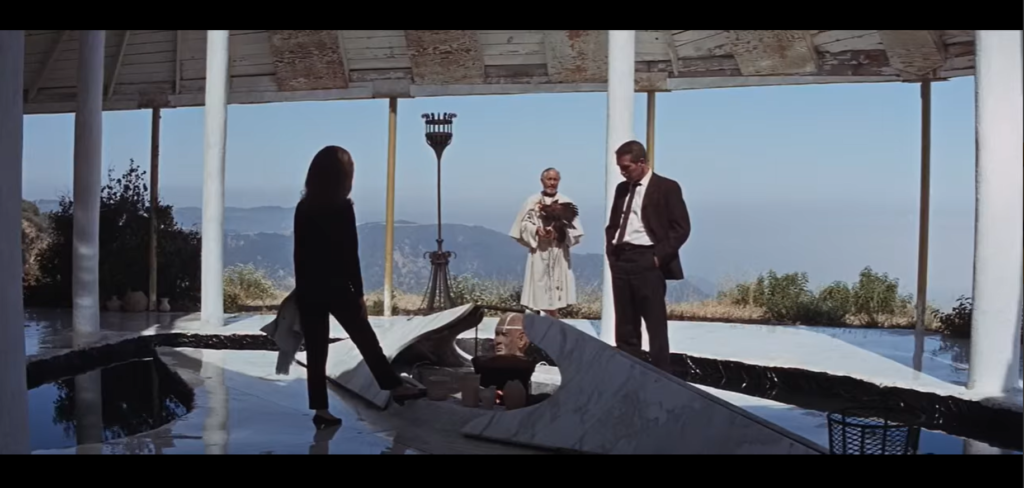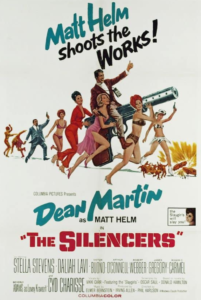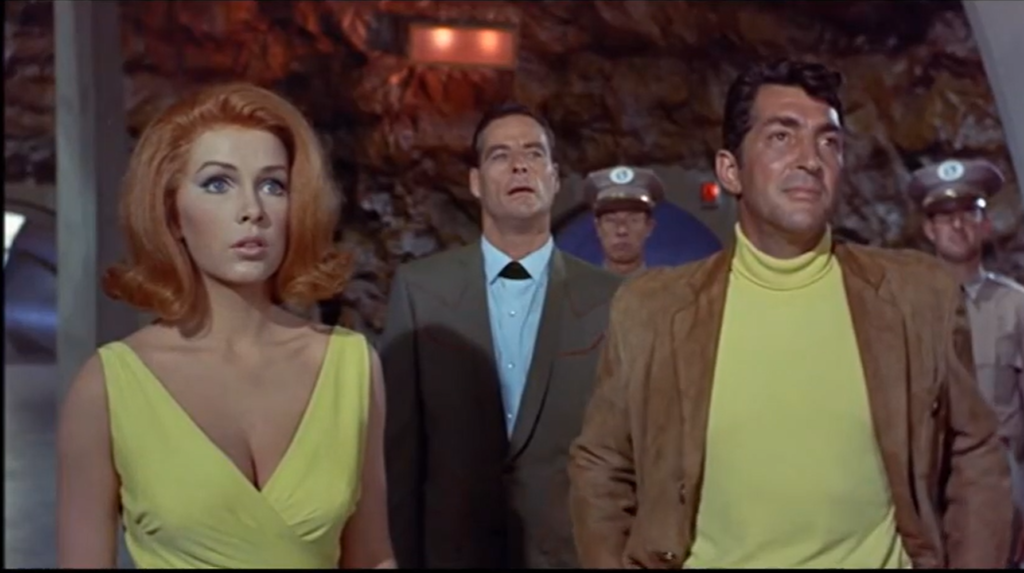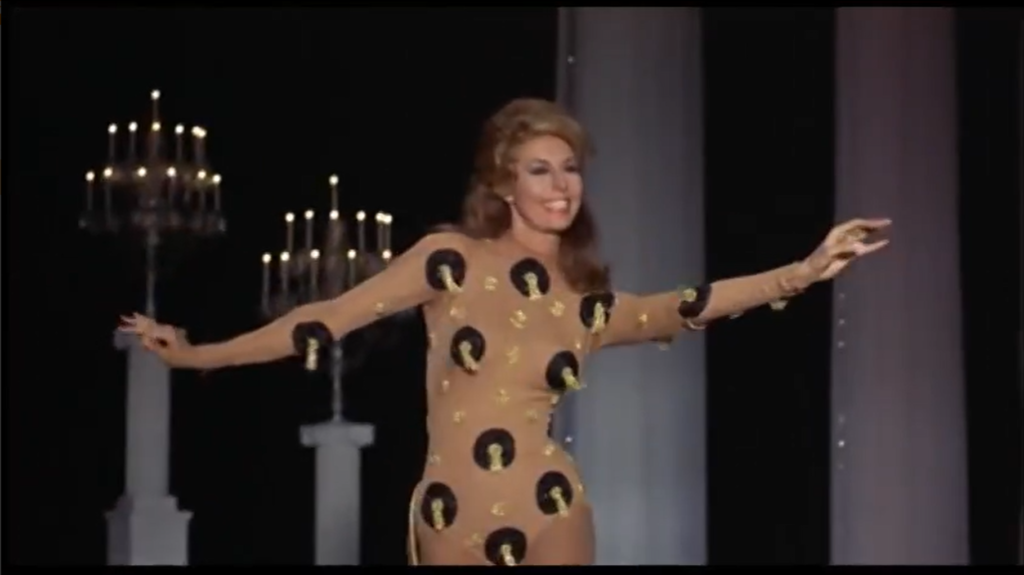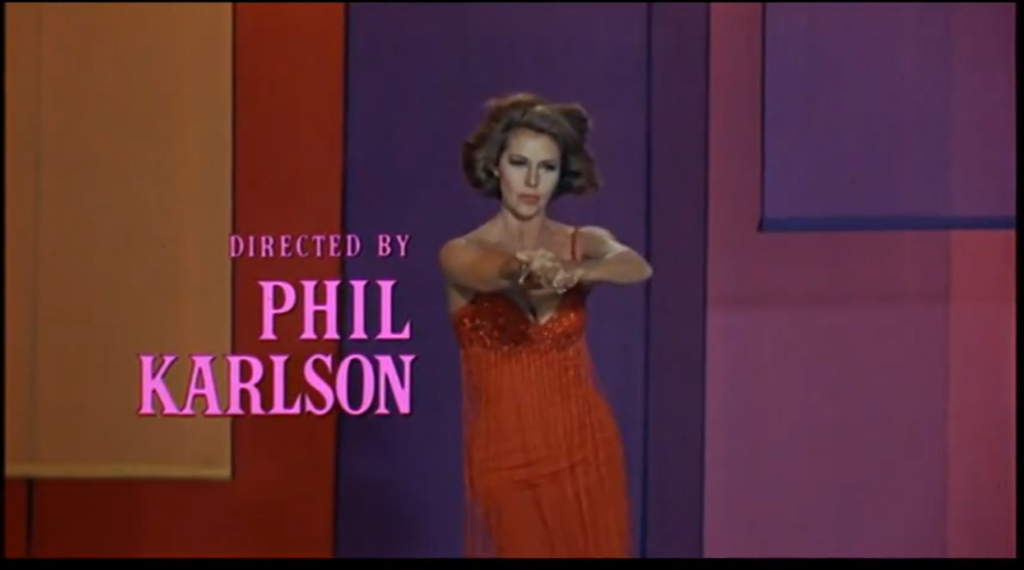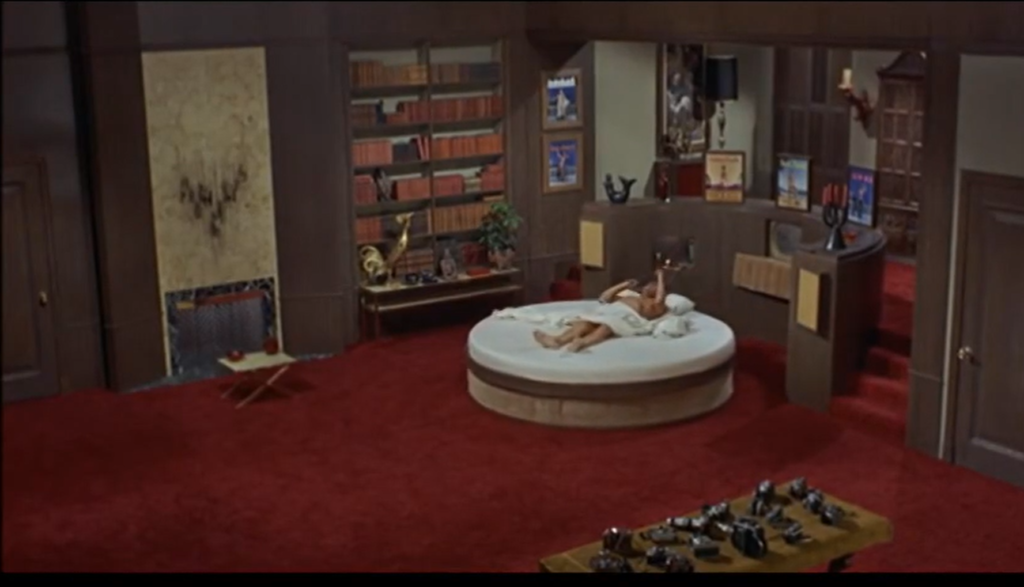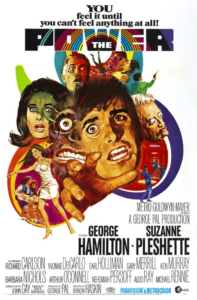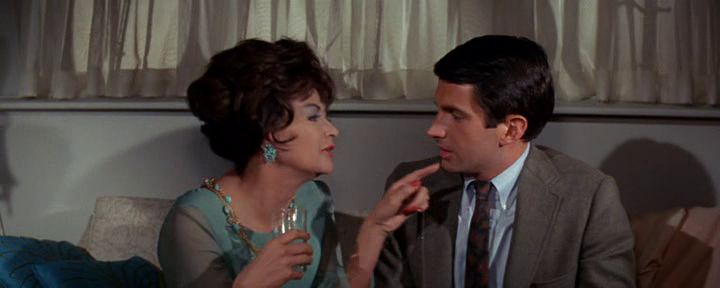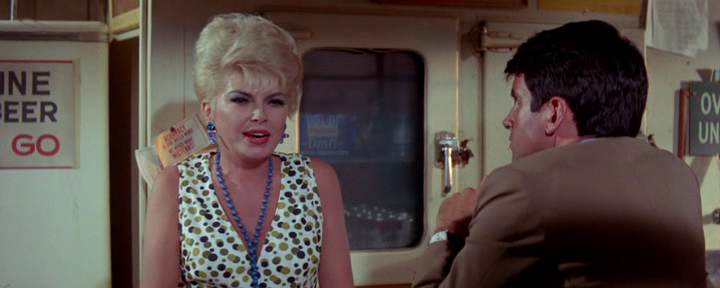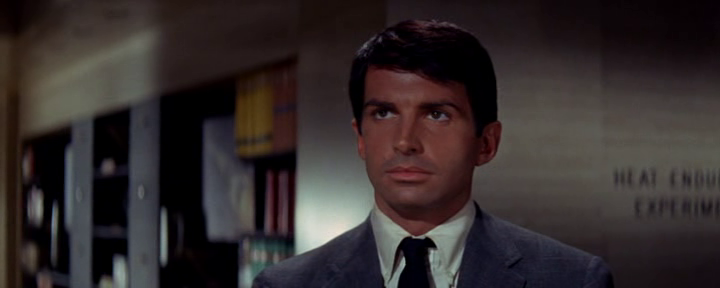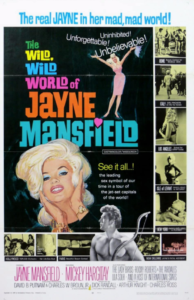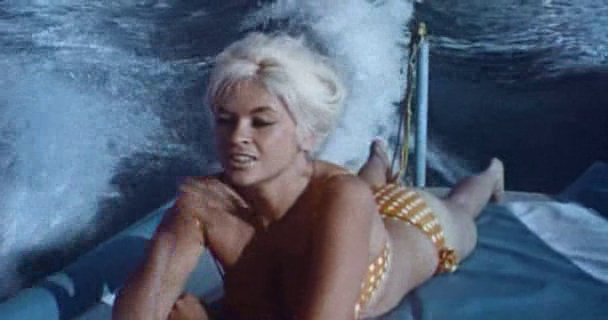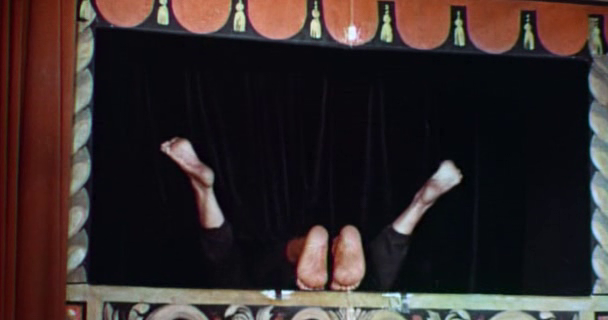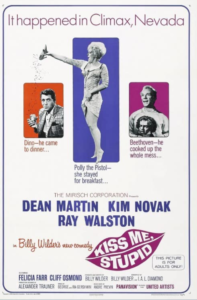|
Genres, Themes, Actors, and Directors:
- Billy Wilder Films
- Dean Martin Films
- Jealousy
- Kim Novak Films
- Mistaken or Hidden Identities
- Romantic Comedy
Review:
Billy Wilder and I.A.L. Diamond collaborated on the screenplay for this notoriously “risque” sex comedy which opens with Dean Martin making a decidedly dated and inappropriate joke on stage (Pointing to a show girl behind him: “Is this a bit of terrific, eh? Last night she was banging on my door for 45 minutes! pauses But I wouldn’t let her out.”)

From there, we’re made to know under no uncertain terms that Dino “needs” his nightly sex fix or he gets a “headache” — which sets up the entire premise of the situation, in which songwriters Walston and Osmond (but mostly Osmond) are so desperate to make it big (and what could be “bigger” than Dean Martin crooning one of your ditties?) that they’ll willingly sacrifice the women around them to make this happen. Unfortunately, we don’t like any of these men to begin with: Martin is meant to be a complete sleaze, but it’s harder to watch Walston steaming at the ears with envy about every single man his beautiful wife interacts with (he’s a dangerously unhinged, possessive, and paranoid husband, to be sure):
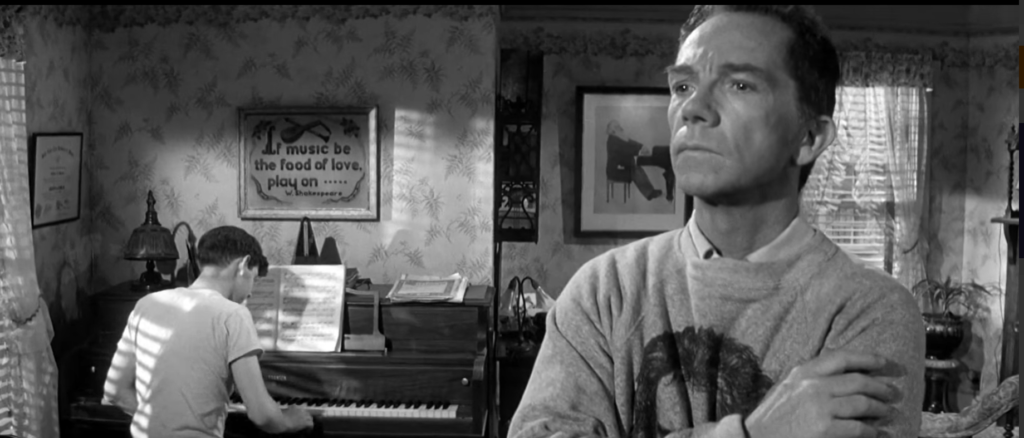
… and Osmond — giving a memorable performance:
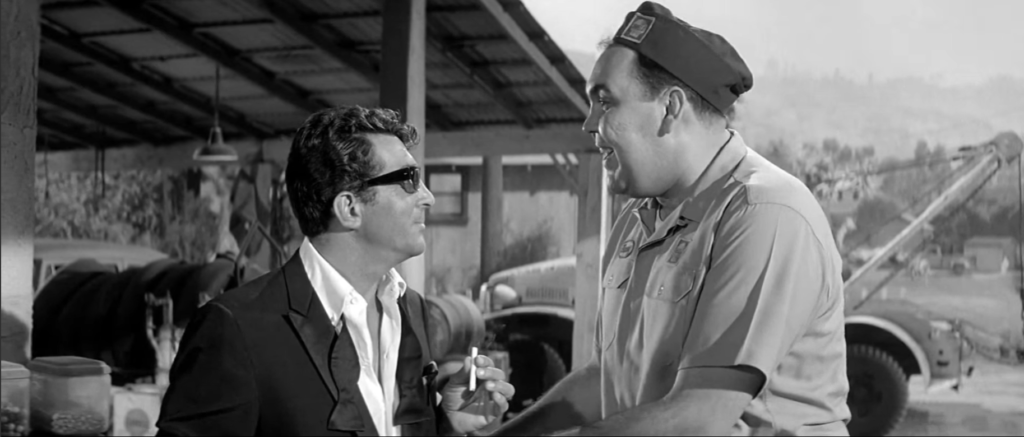
— is no catch, either: without compunction, he severs the fuel line in Martin’s car to ensure he’ll come back to the tiny town of Climax, Nevada and be forced to spend the night.
So, how do the women do in this film? Poor Farr wants nothing more than to help her (ungrateful) husband celebrate their five-year anniversary (she seems like a peach), but has to battle relentlessly against his unreasonable jealousy — and then she’s lied to and belittled for the “greater cause” of Walston and Osmond selling songs.
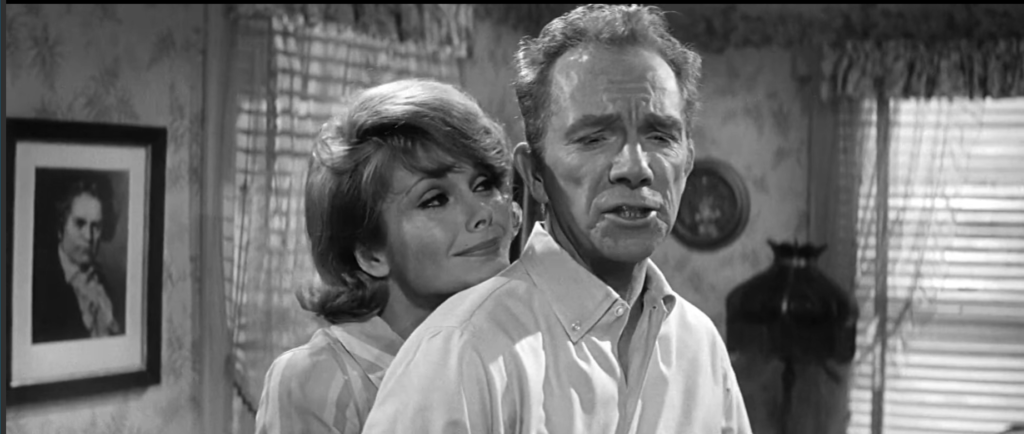
Meanwhile, Novak — given a “bad cold” to try to help her character seem more… sympathetic? — is hyper-sexualized, and seems to accept that she’s sold off to any reasonable bidder wanting her “services” for the evening, simply so she can save up money to buy a car and get out of town.
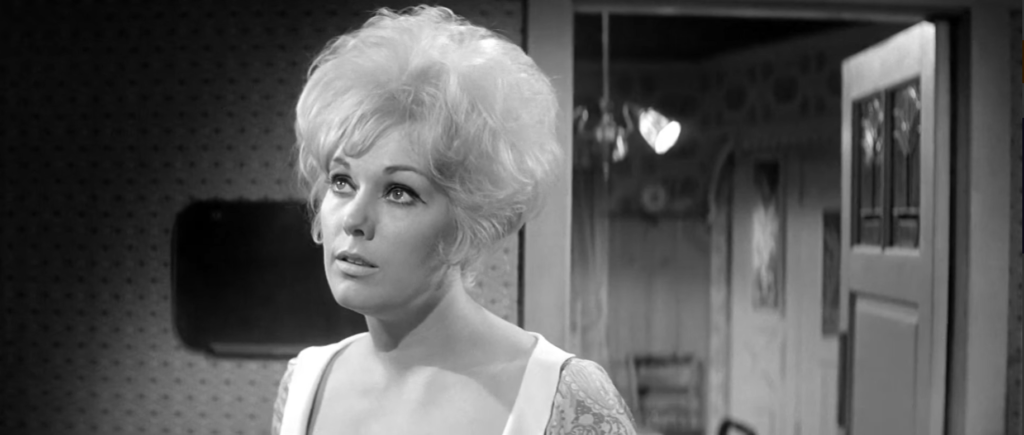
Her genuine crush on Walston complicates things even more: we don’t blame her, but — what about poor Farr, who’s done nothing wrong at all? Ay, what a dilemma. While many fans appreciate this film’s ahead-of-its-time candor with all things sex-related (especially in the restored-ending version now available on DVD, which empowers Farr even further), I found it challenging to sit through.
Redeeming Qualities and Moments:
- Cliff Osmond as Barney
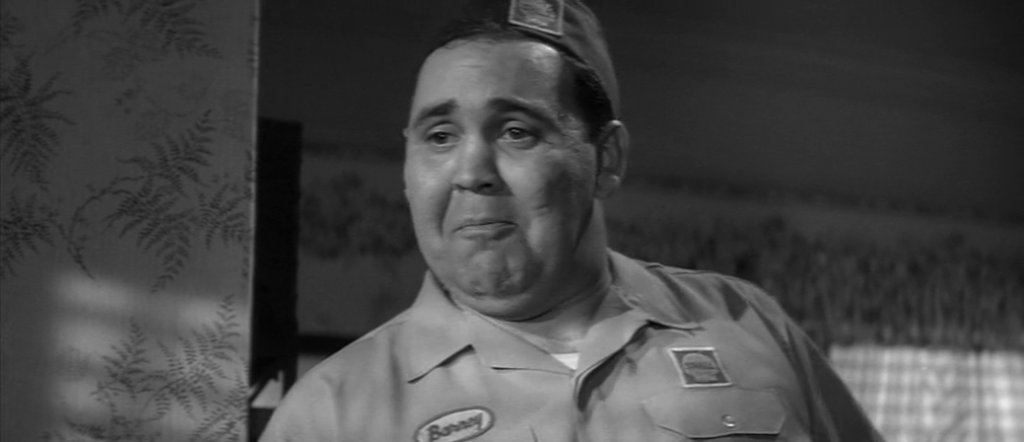
- Joseph LaShelle’s cinematography
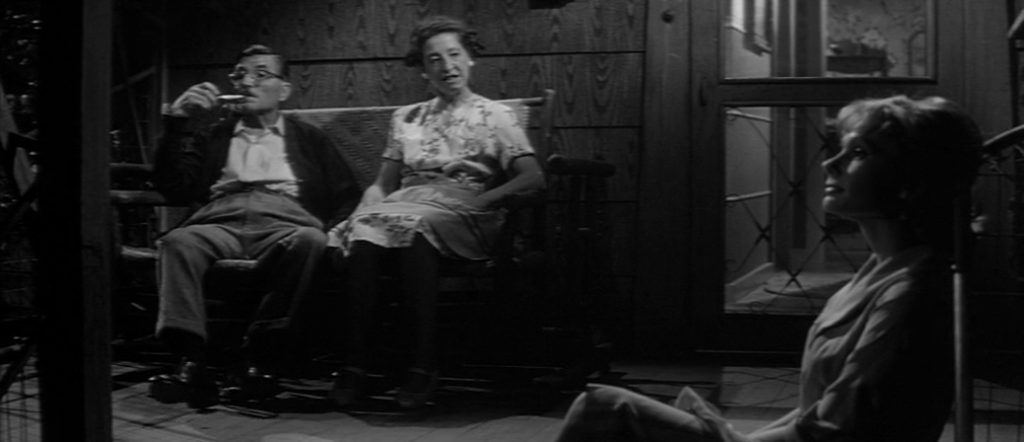
- Andre Previn’s score
Must See?
No, though it’s worth a one-time look if you’re curious, given its notoriety. Listed as a Cult Movie in the back of Peary’s book, which makes sense.
Links:
|
